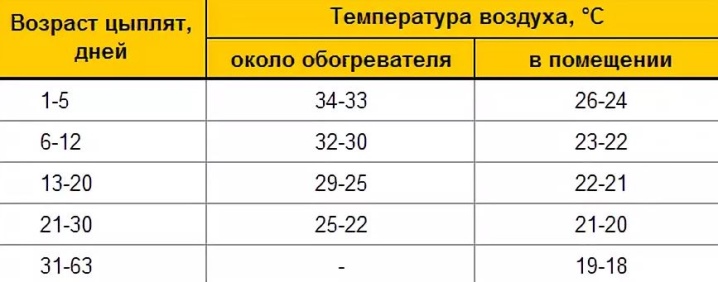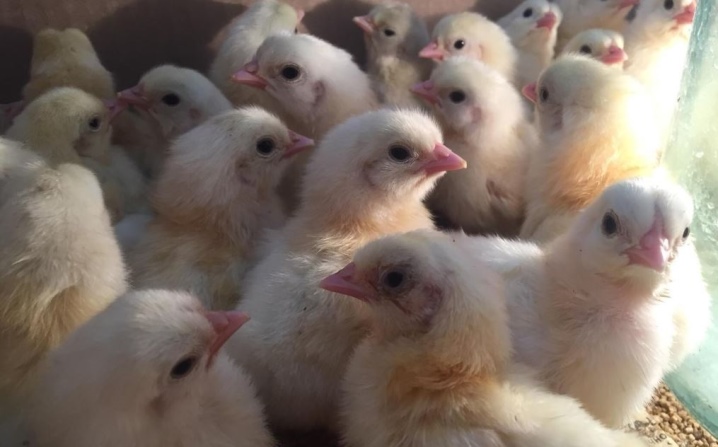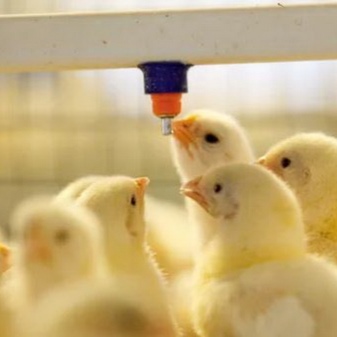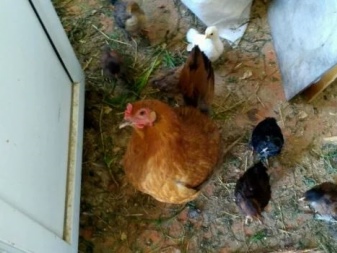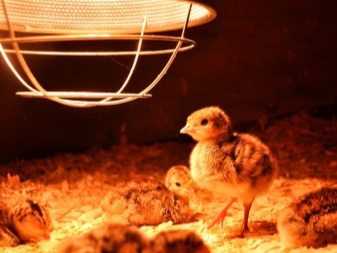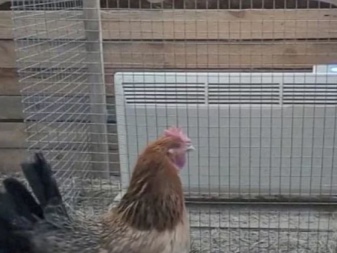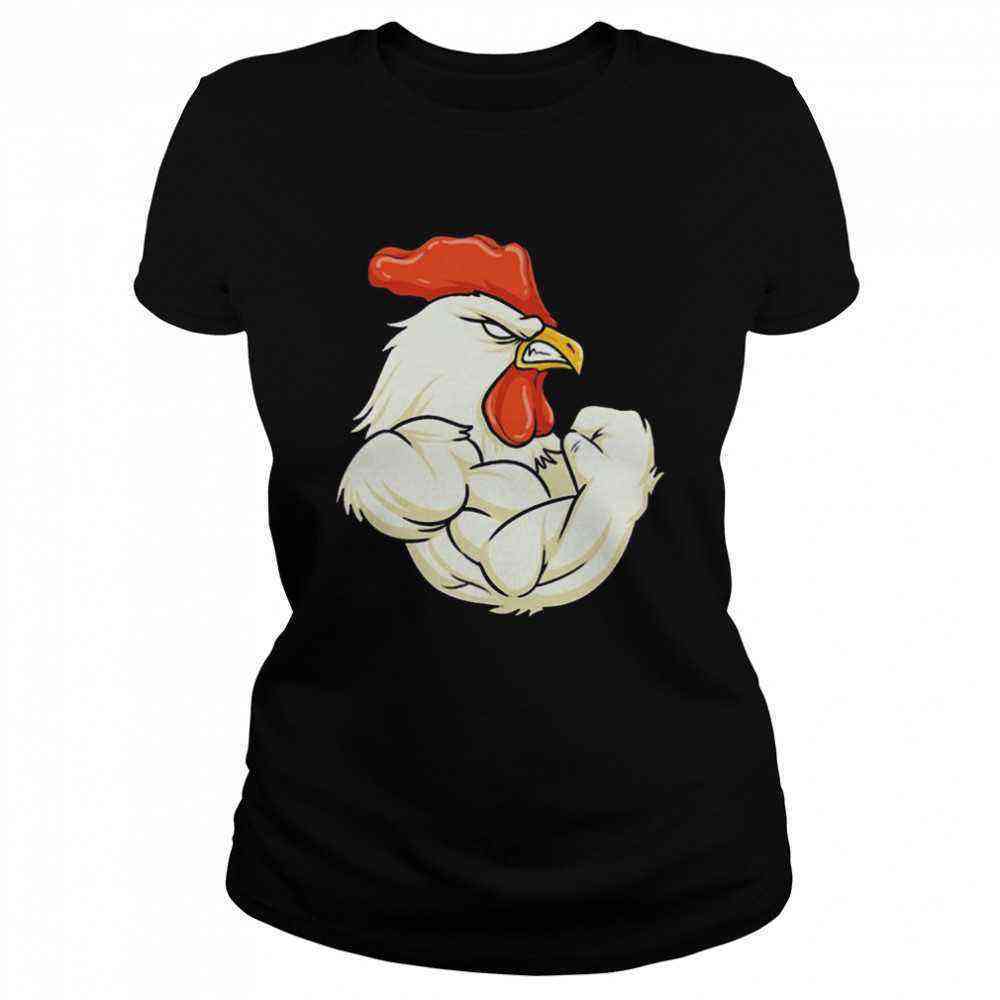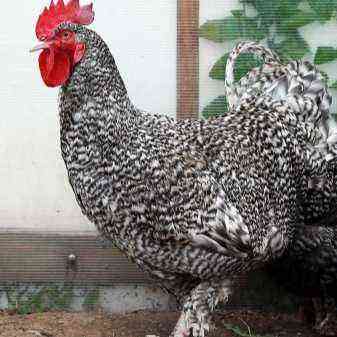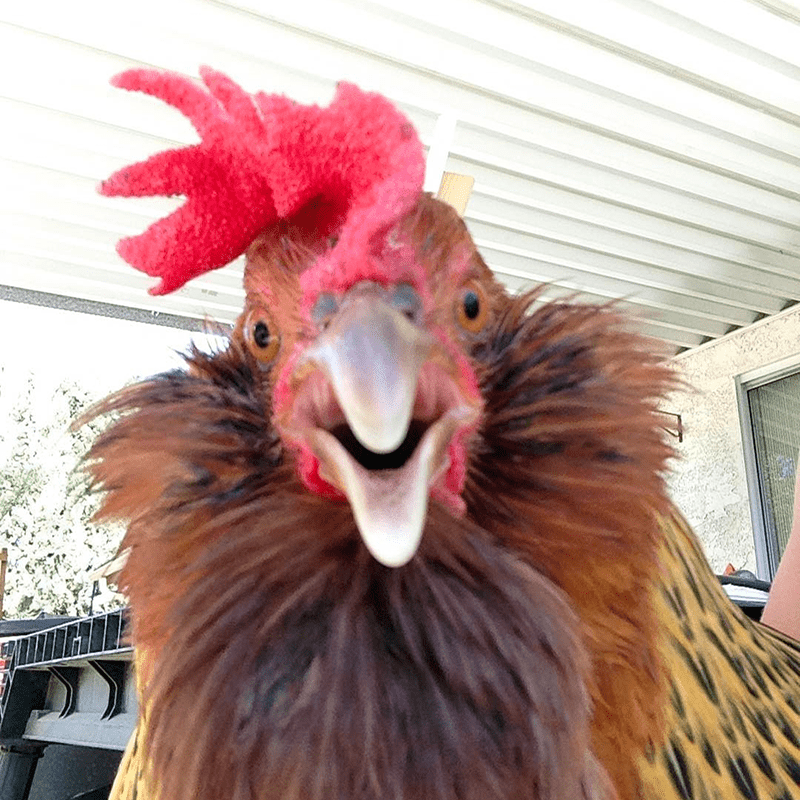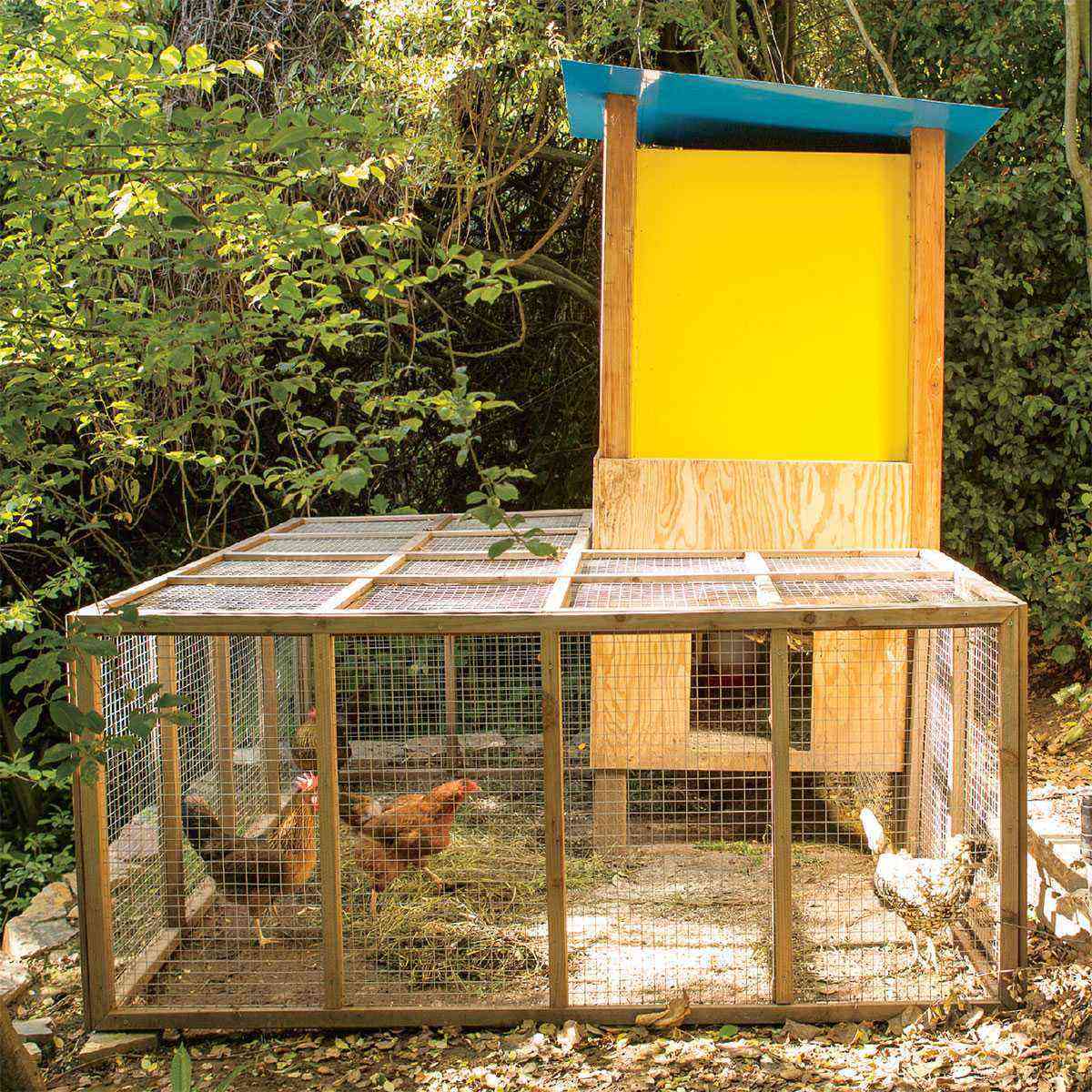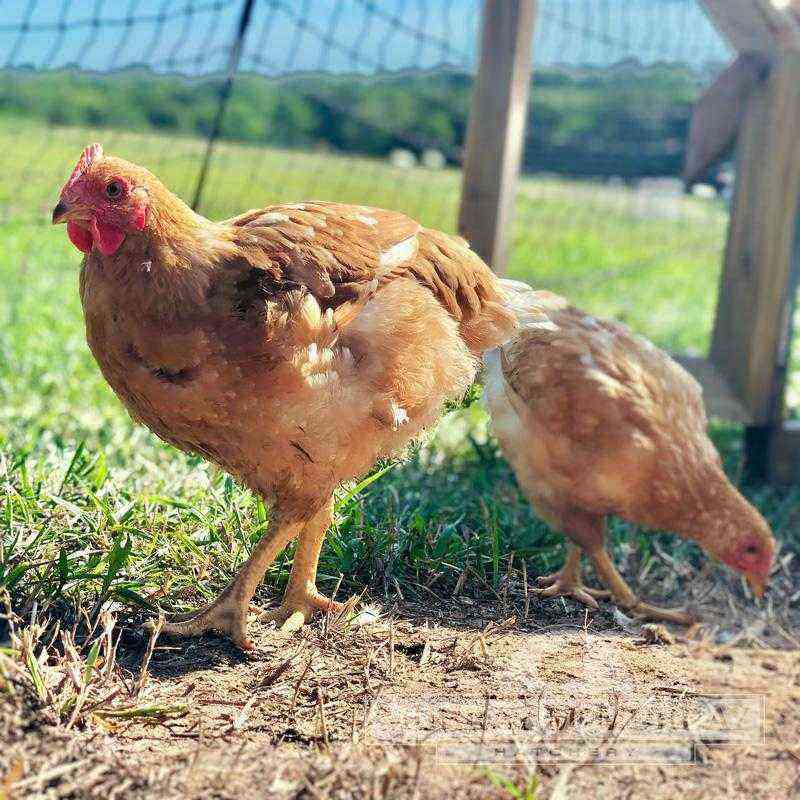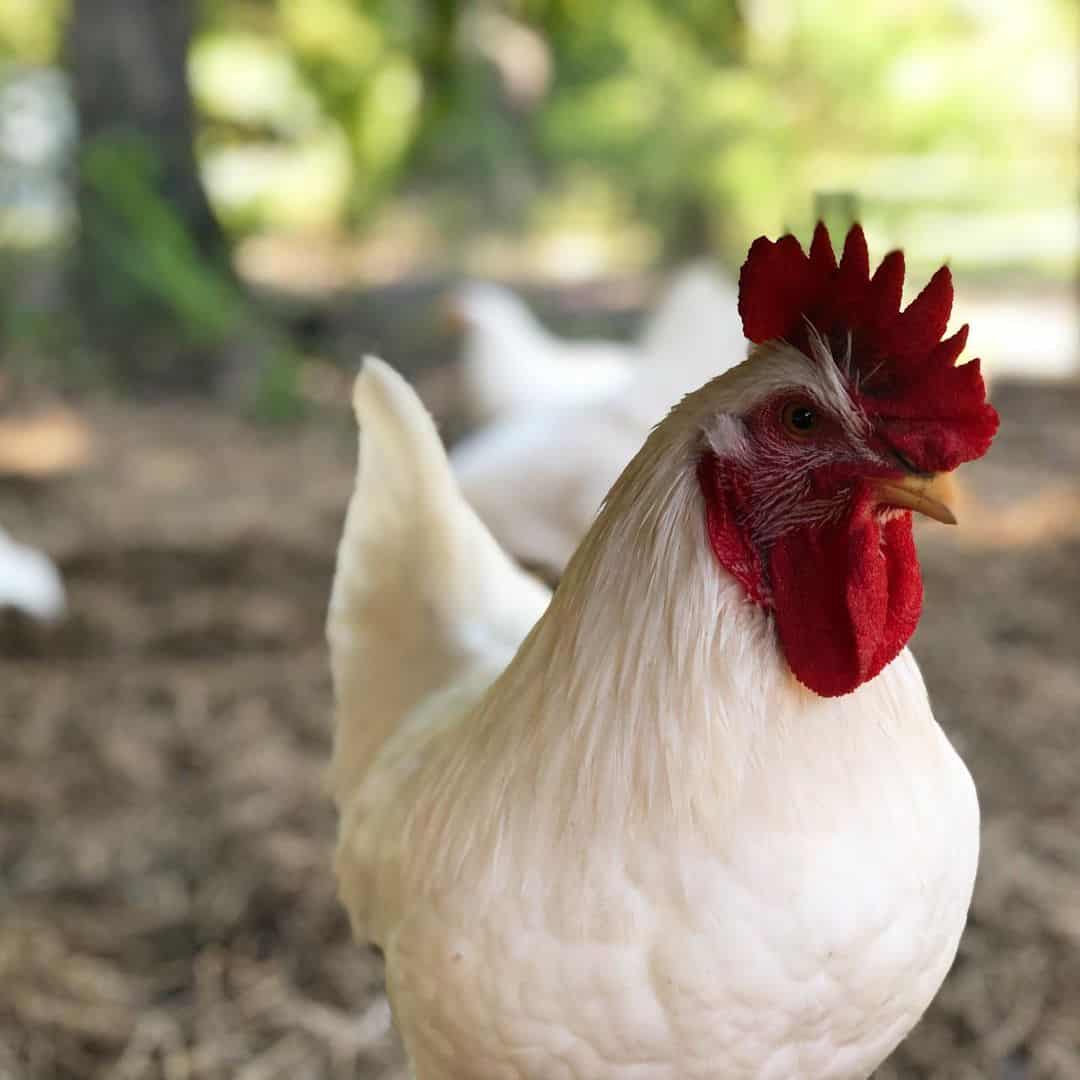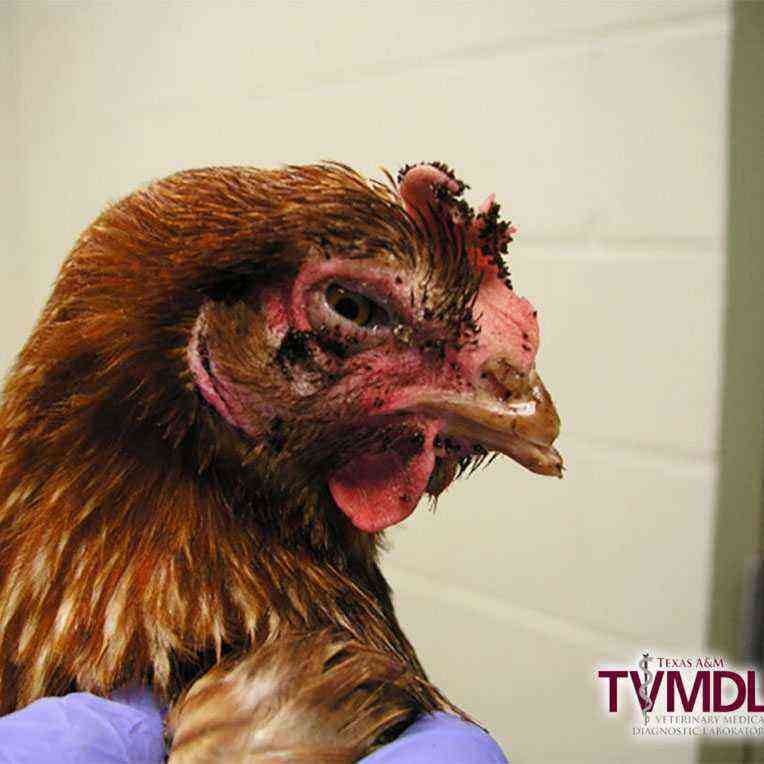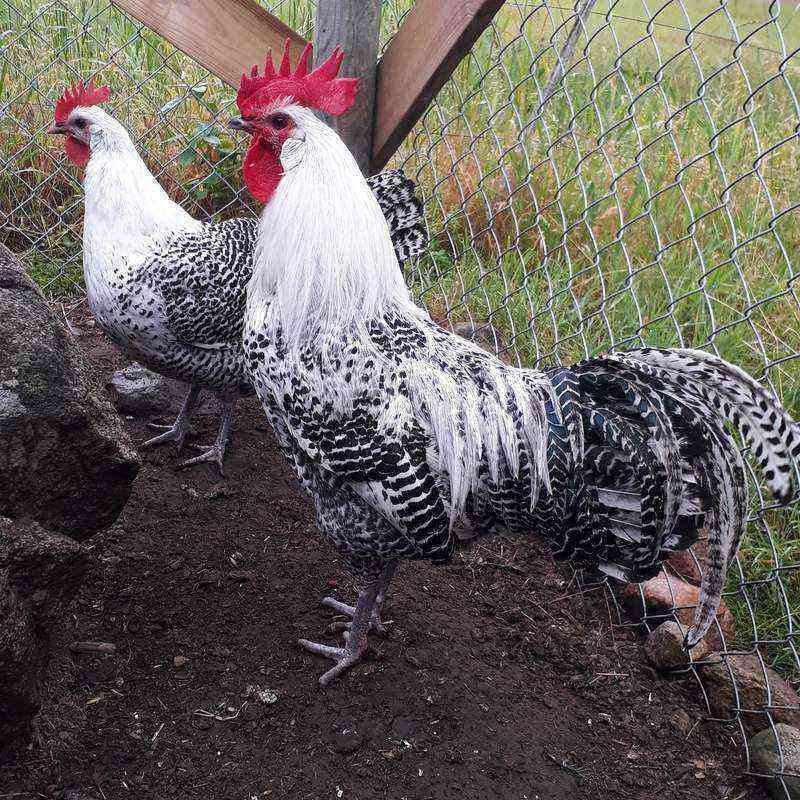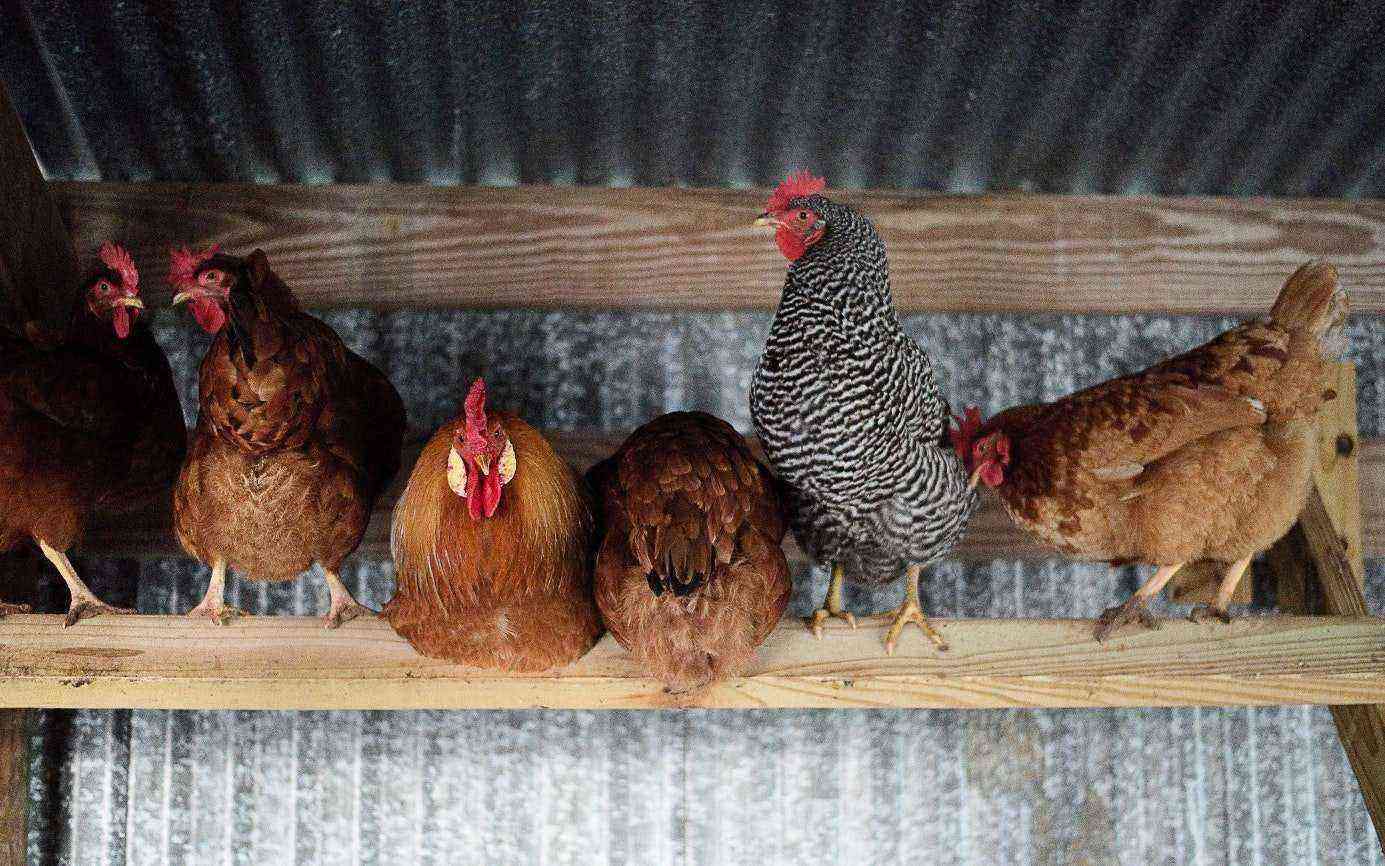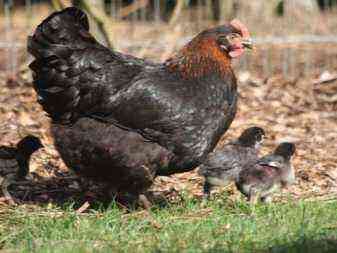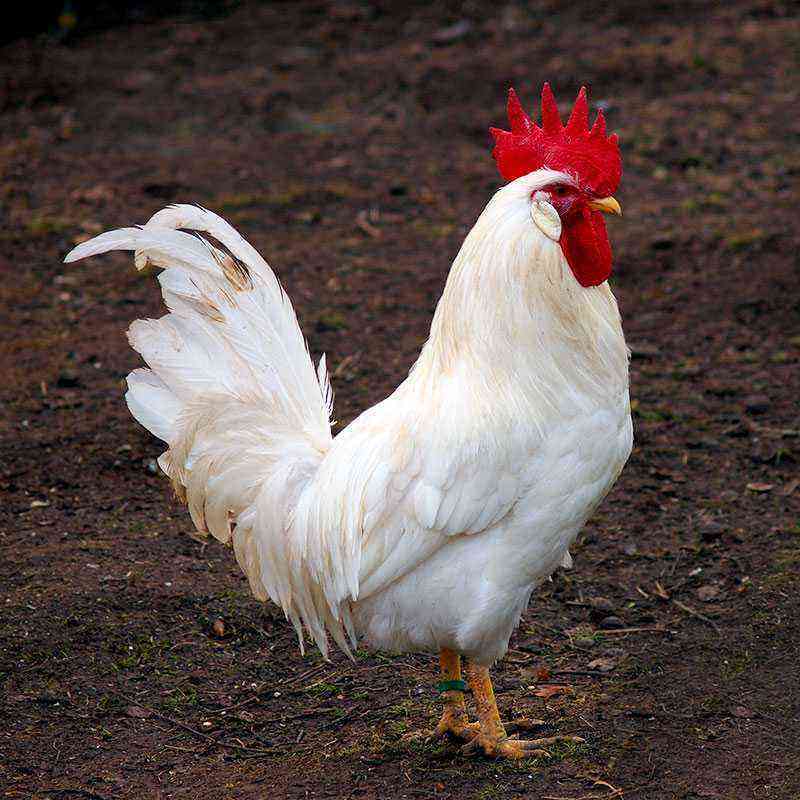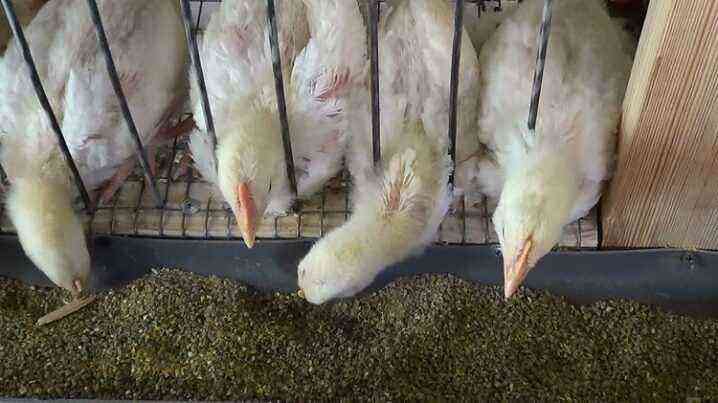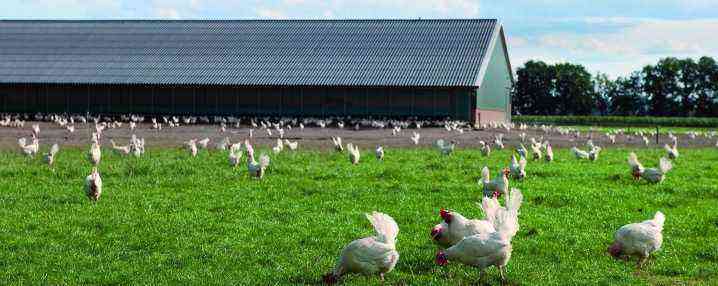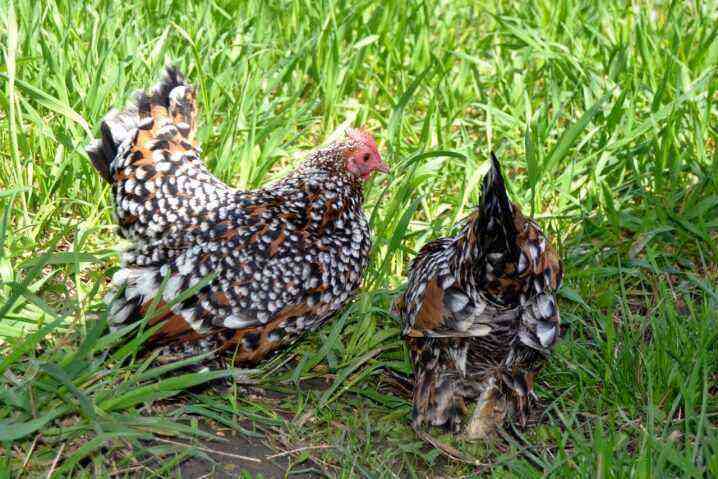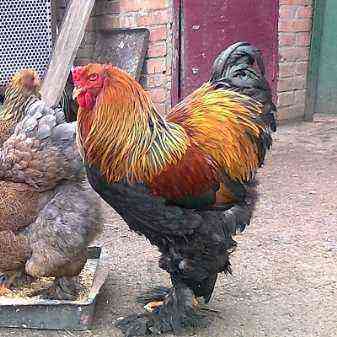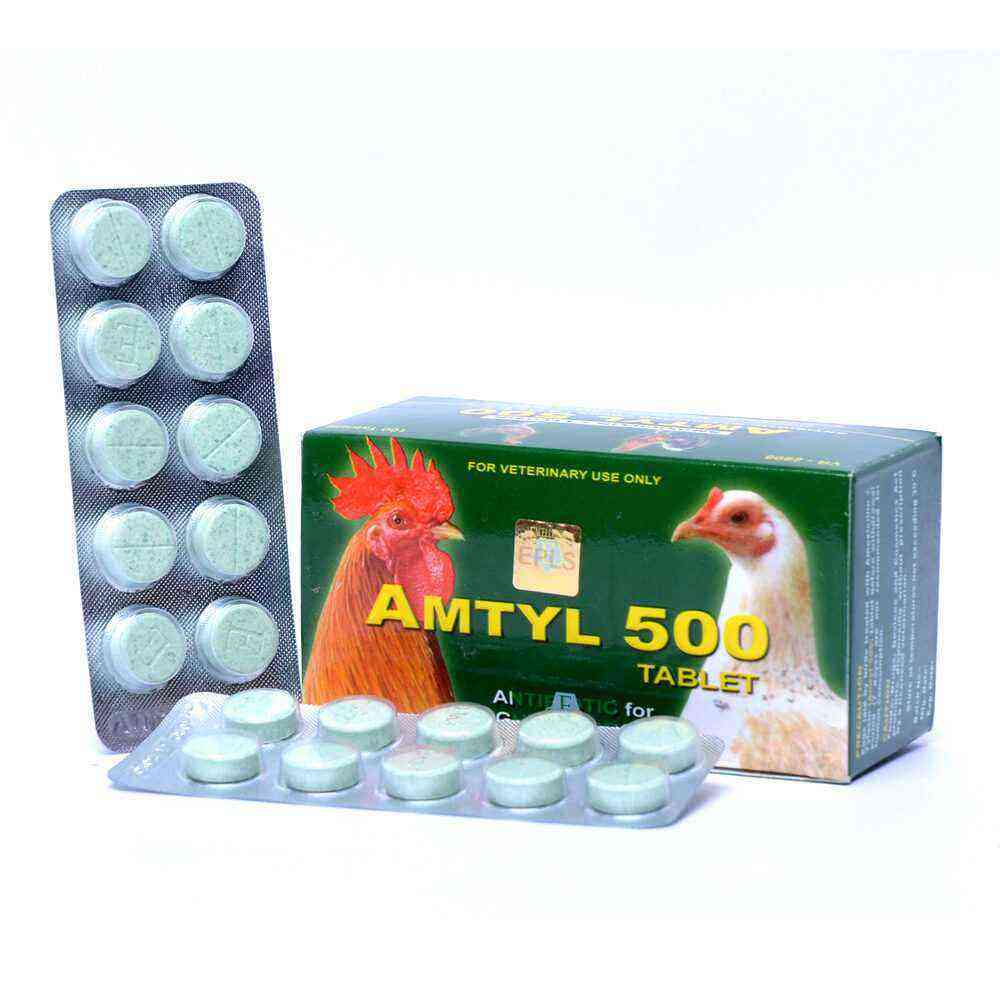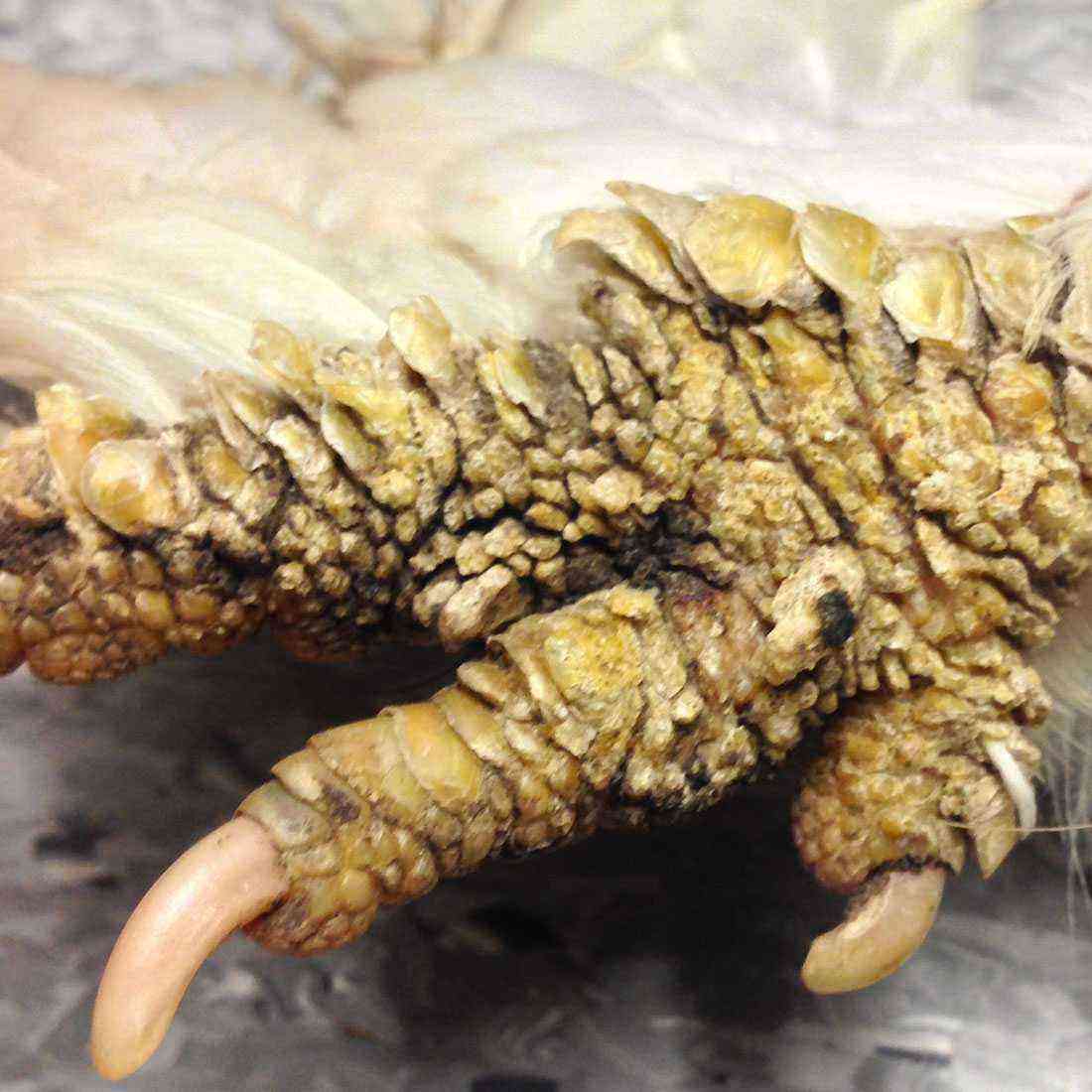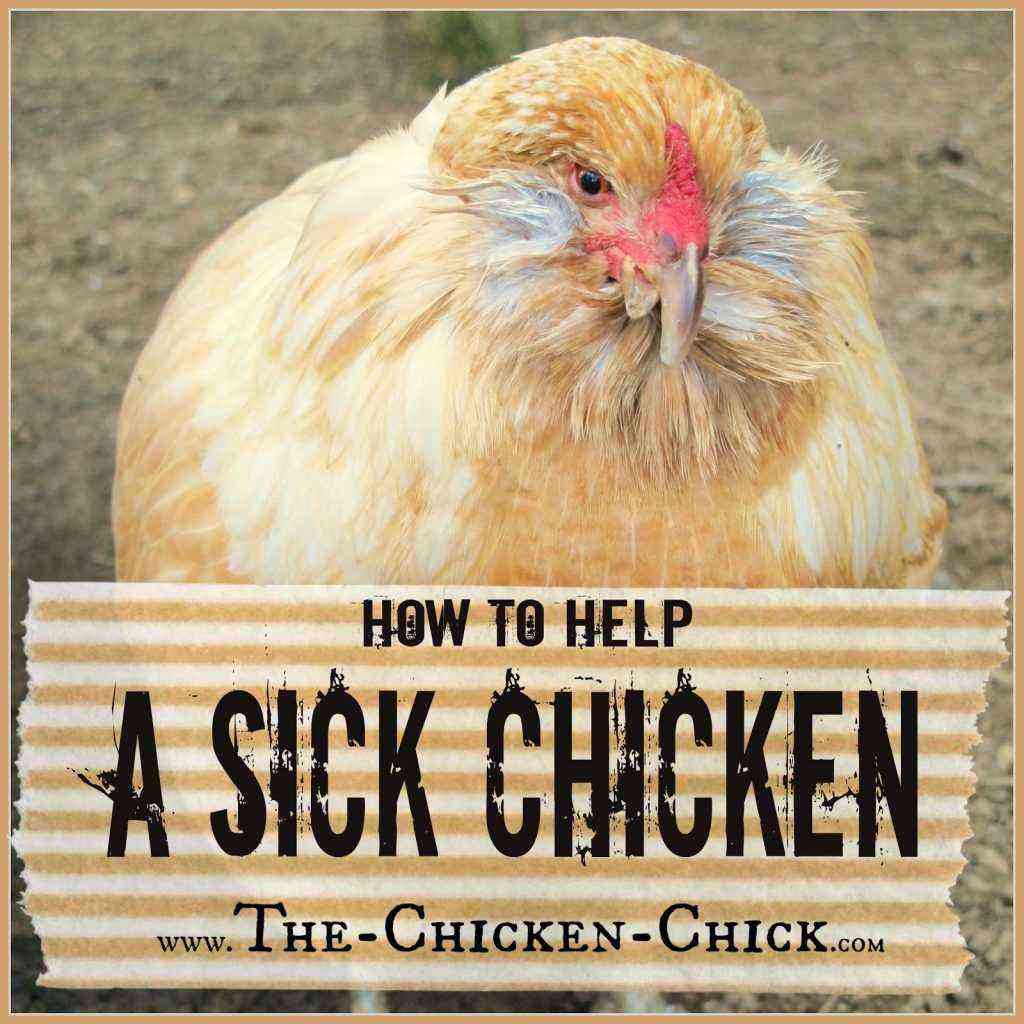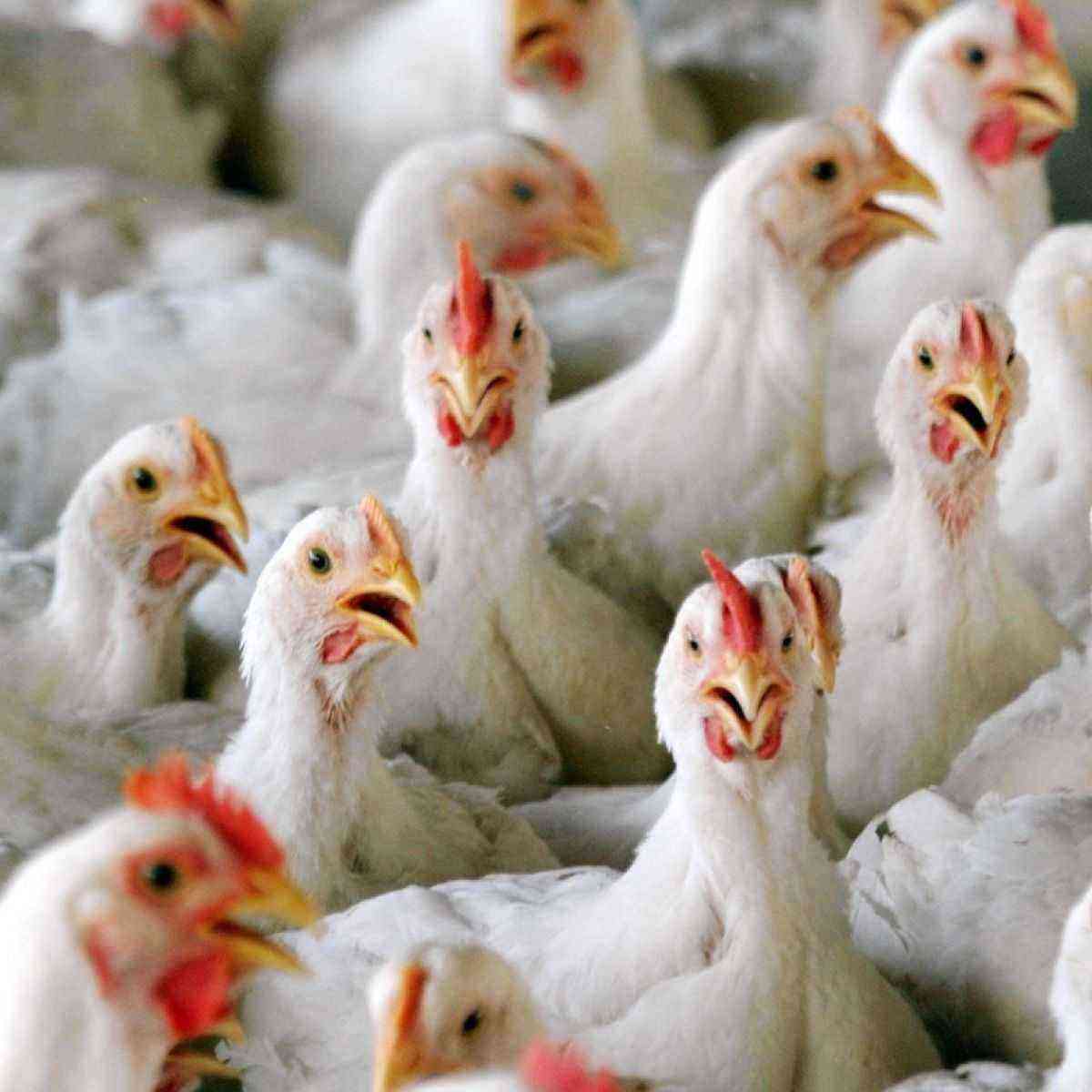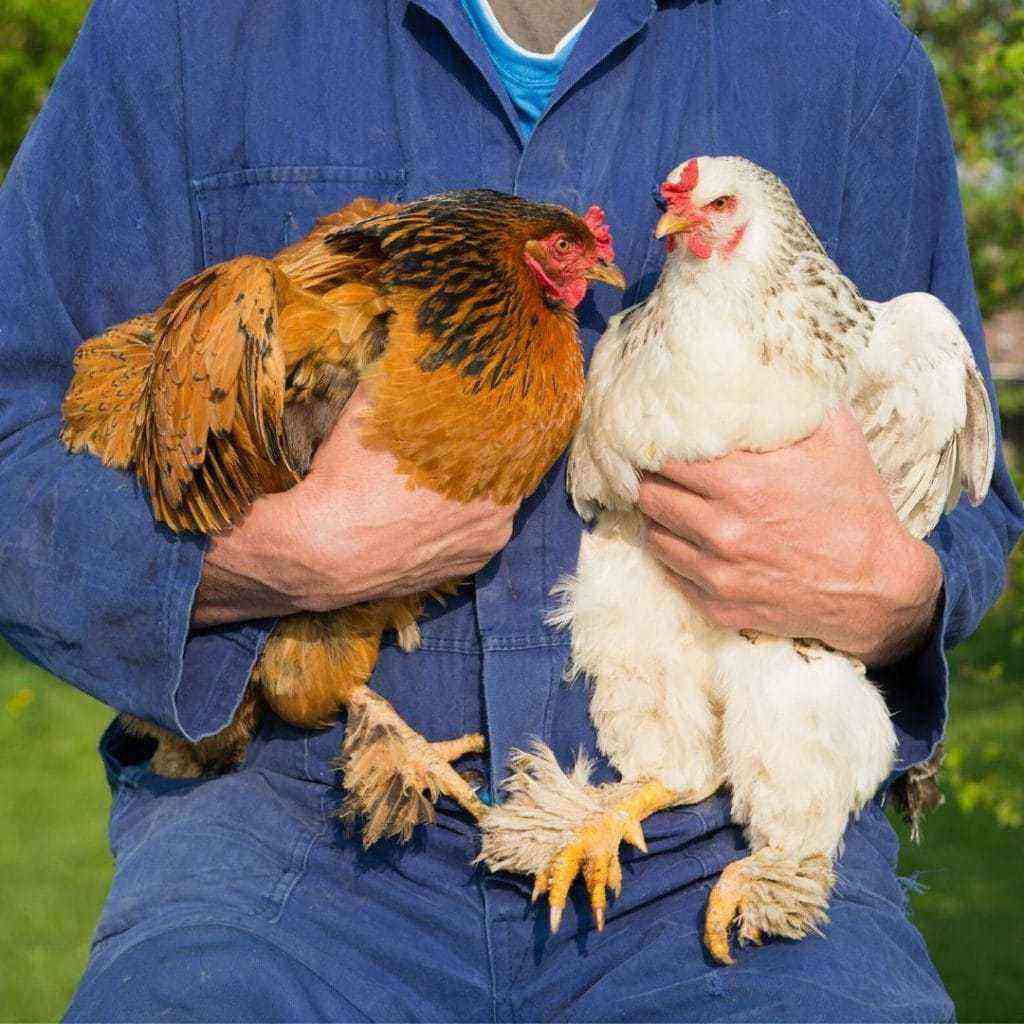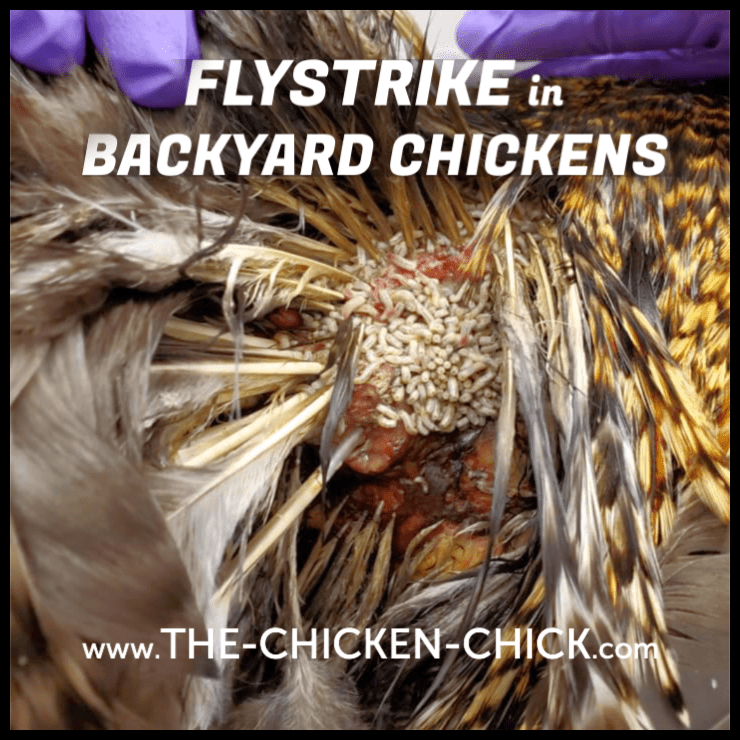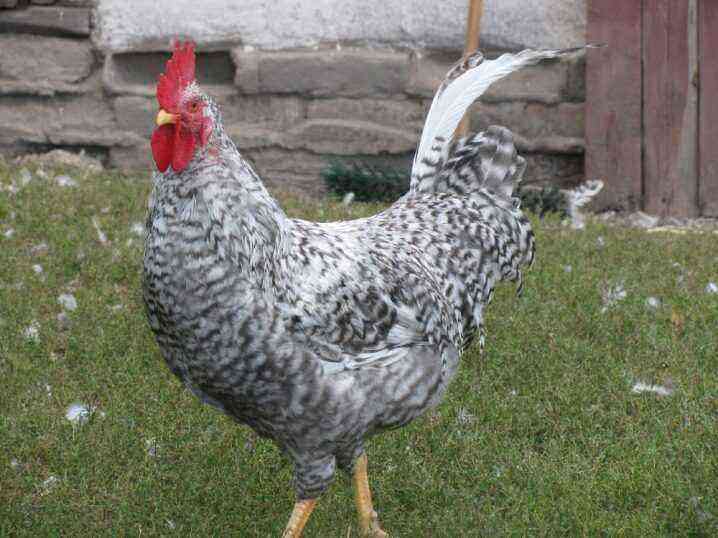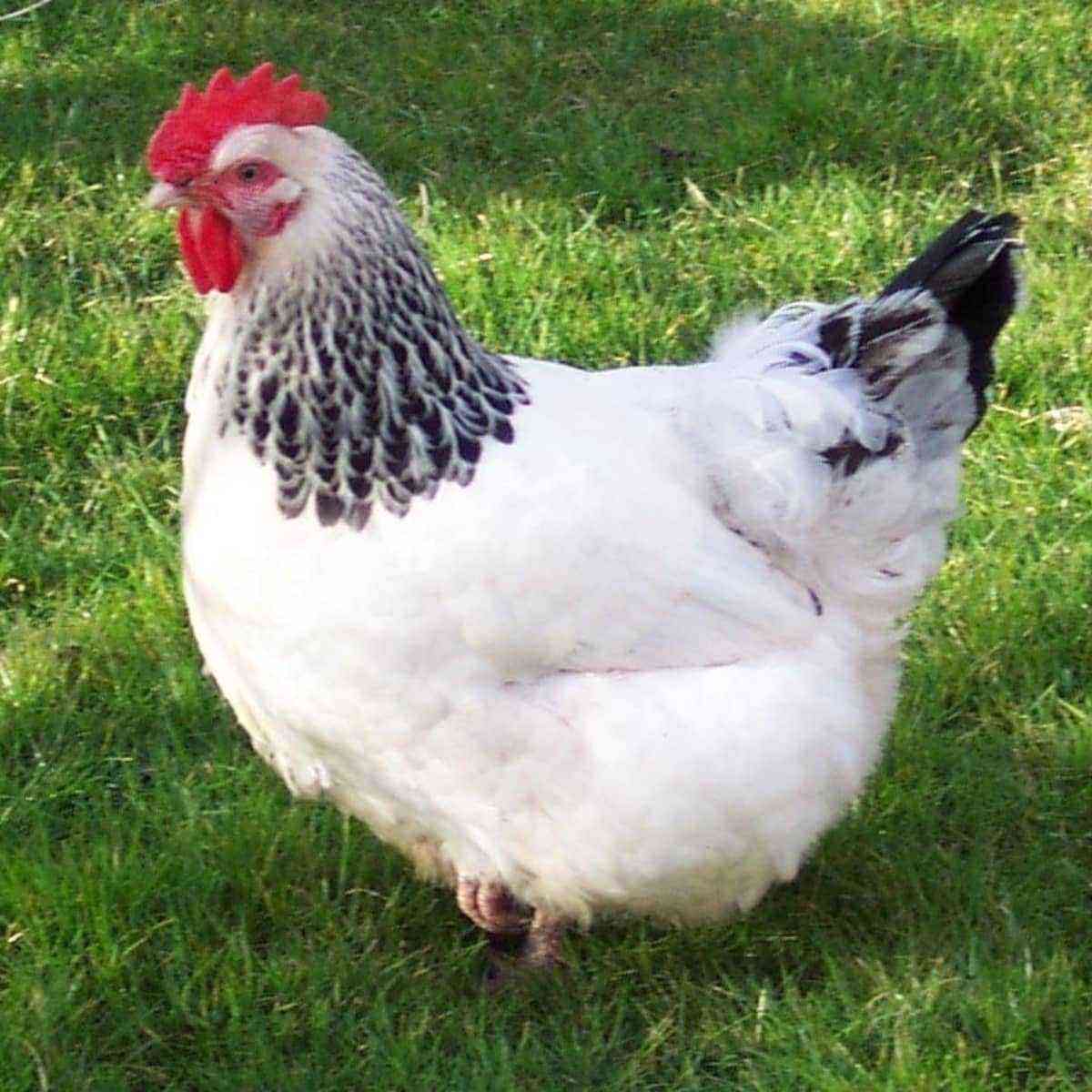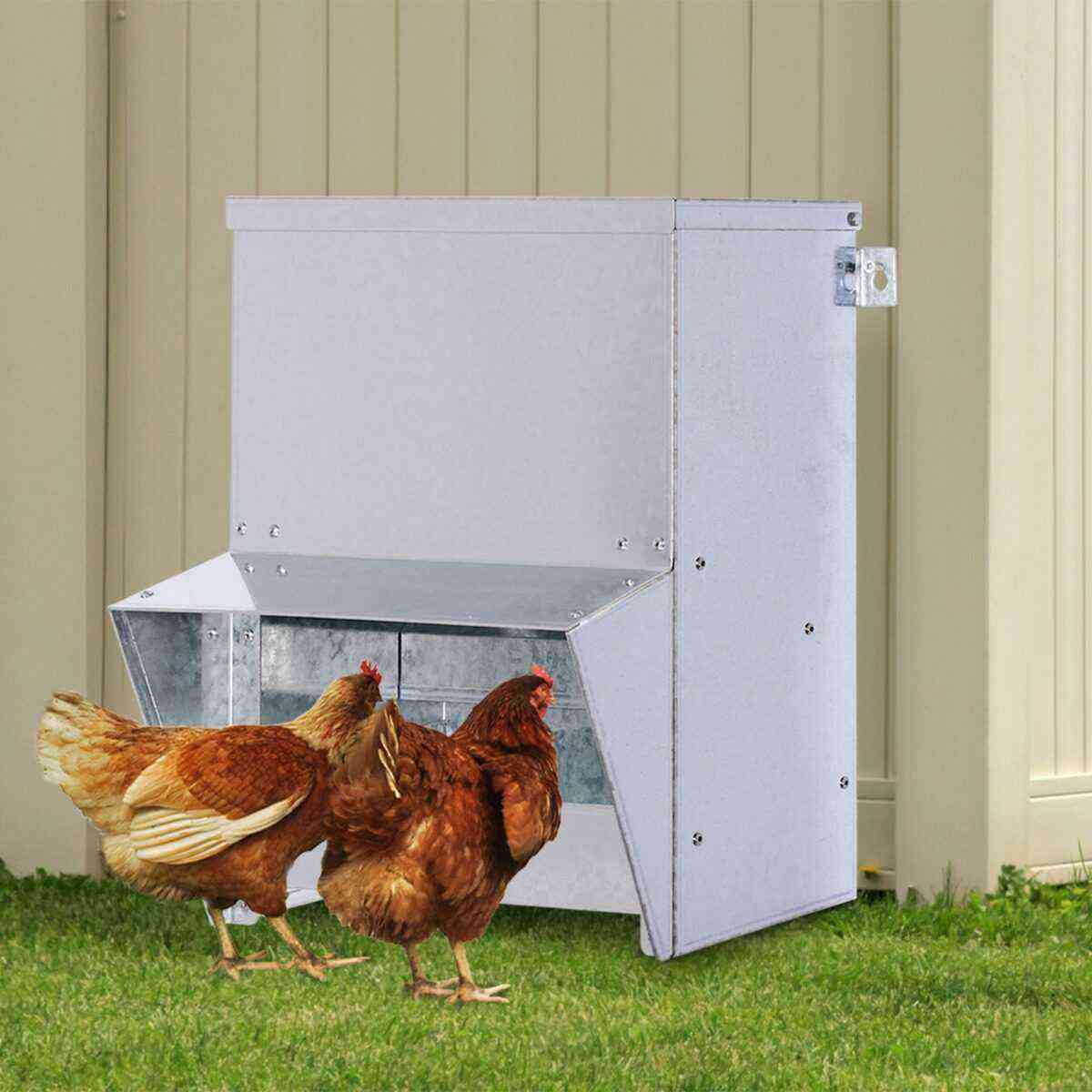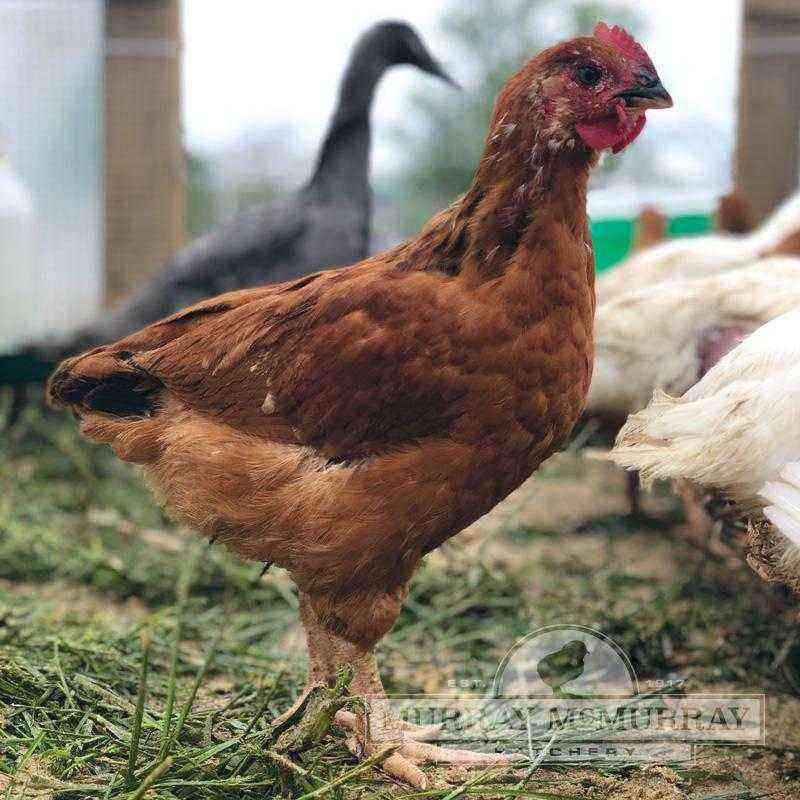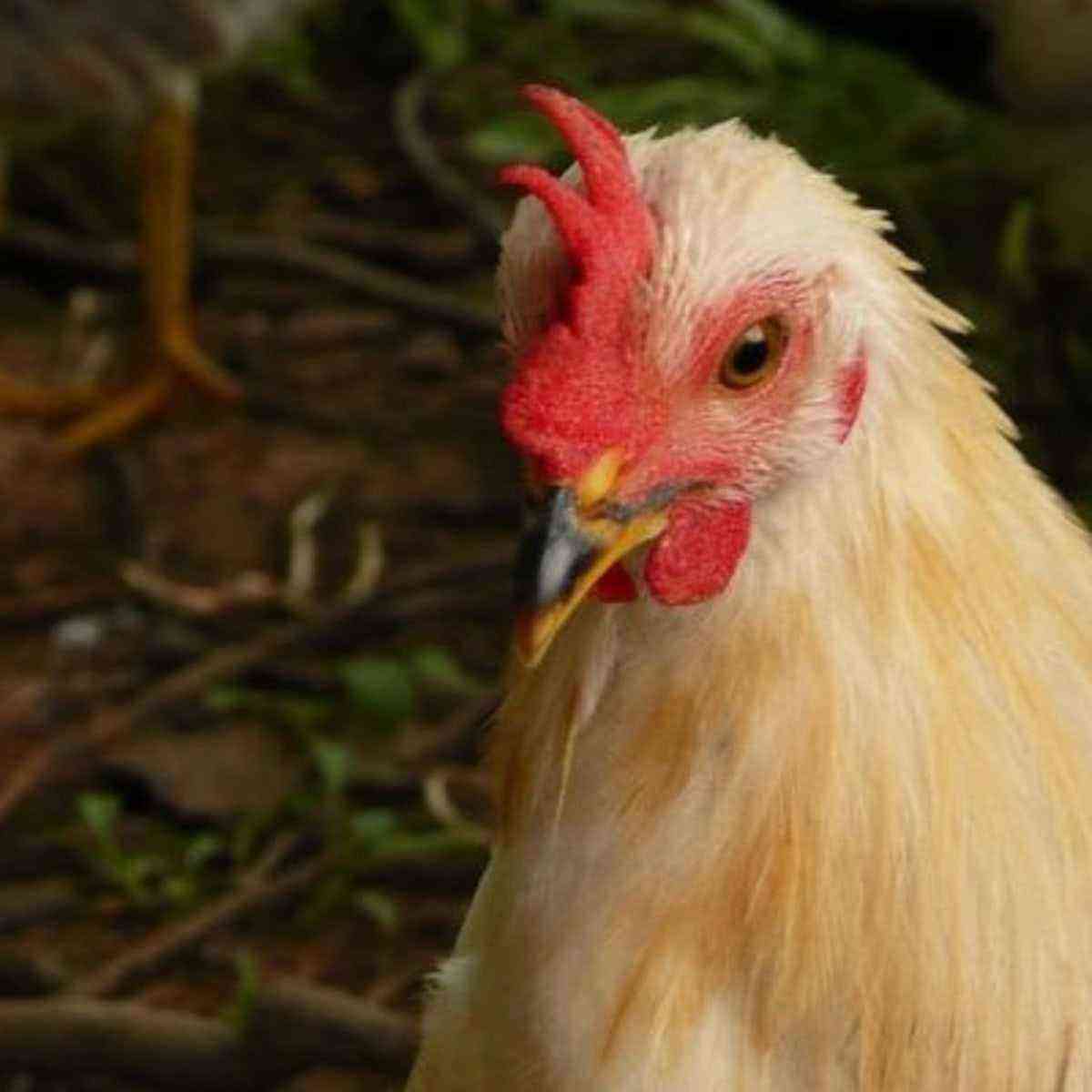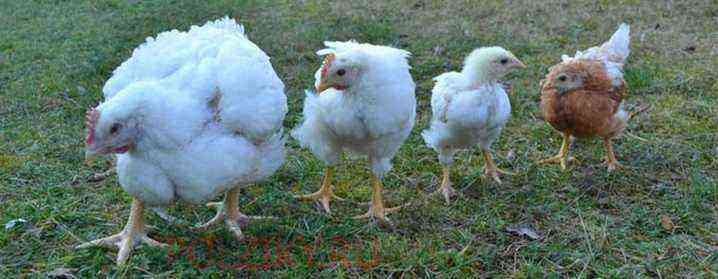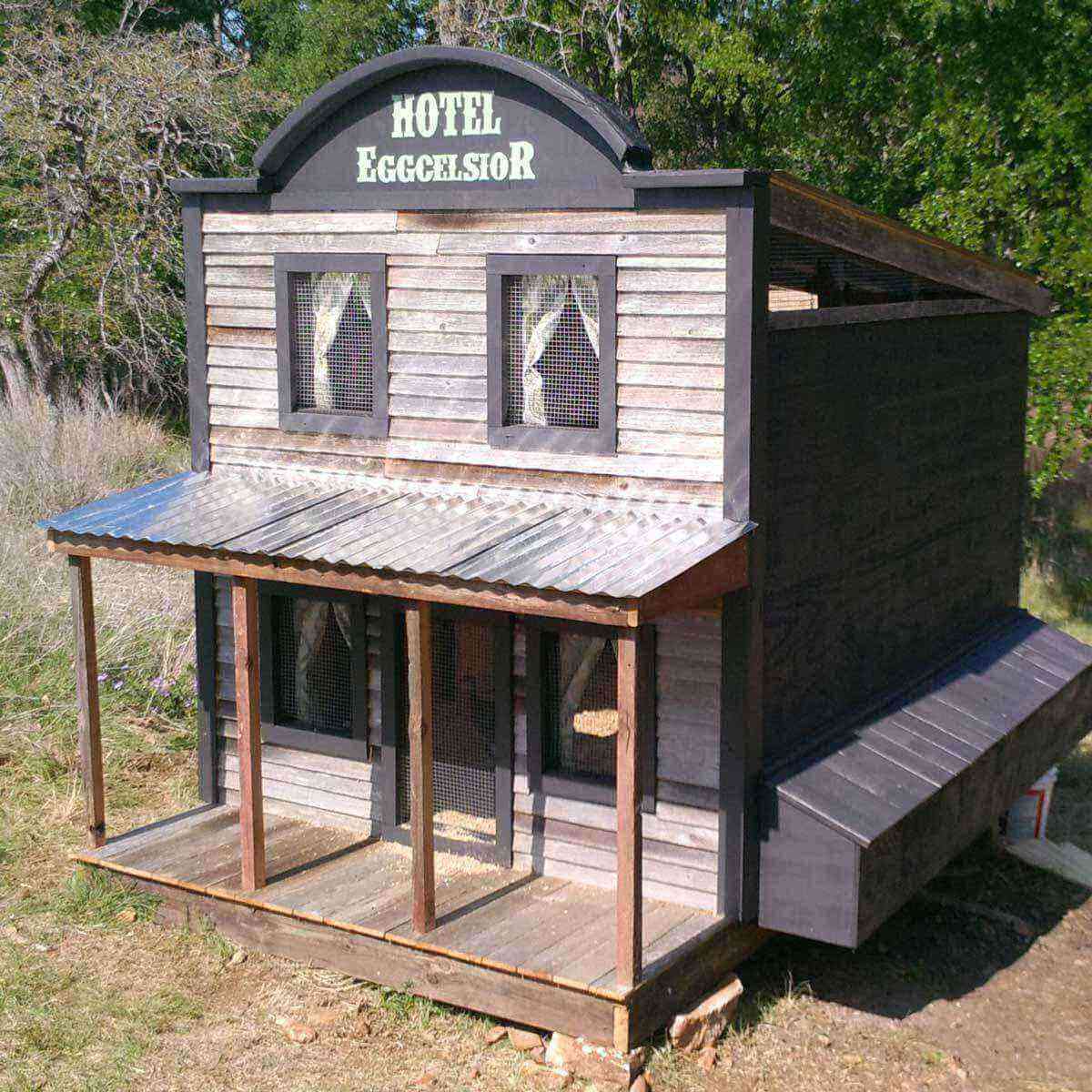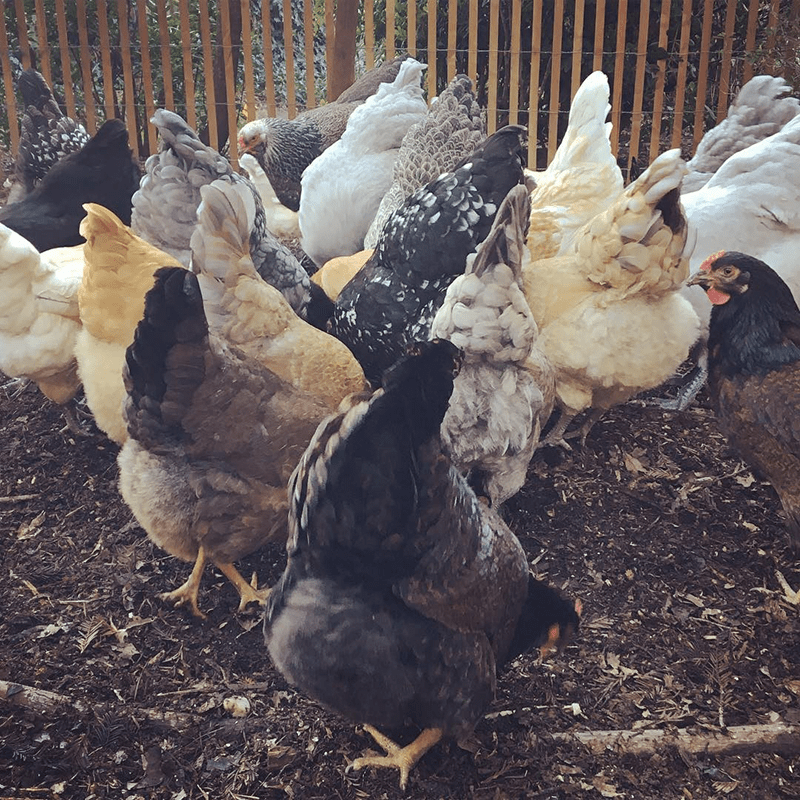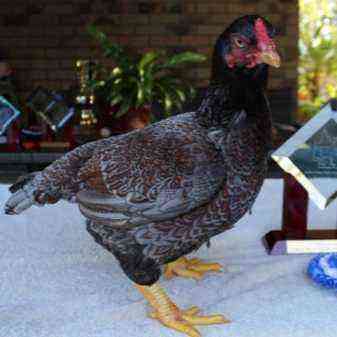Chicks, being under the wing of the laying hen, receive the warmth and comfort they need. A poultry farmer trying to raise chicks from birth has to mimic these conditions by observing the temperature regime. What temperature standards are required for chickens of different ages? Is it possible to use additional devices for their heating? We will answer these and other questions in our article.
Temperature norms
Normal growth of newborn chicks is achieved by providing a balanced diet and comfortable warm conditions. A feature of only hatched chickens is their high sensitivity and vulnerability to external conditions. A damp floor or a small draft can result in irreversible consequences. In this regard, the chickens are dried as soon as possible after hatching from the egg, creating conditions for them that would be provided by the mother hen. The temperature indicators of keeping chickens throughout their life are not constant, they change downwards. It should be indicated what the temperature regime should be for chickens of different ages.
From birth to 7 days
This is the most crucial period for the poultry farmer and his feathered pets. Chicks are so vulnerable and weak in the first week of life that the loss of 1-5% of the total population is considered the norm. Young animals need warmth and round-the-clock illumination, which activate vital processes. The optimal temperature in the first 5 days is considered to be 30-32 C, by 6-7 days the temperature can be reduced to 26-27 C. It is desirable to install a thermometer, which must be fixed at the approximate chest level of the babies.
To conclude without a thermometer whether the ambient temperature is comfortable for week-old chickens will allow careful observation of them. If the body is cold, the chickens will huddle in a corner of their dwelling, and the extreme chicks will try to crawl into the center of the huddled relatives. If they are hot, then the chicks demonstrate this with their spread wings, frequent opening of their beaks, the birds puff up their fluff, and also quickly and eagerly drink water. If the ambient temperature is normal, the chicks show active behavior, do not sleep in a bunch, drink water in moderation.
For individuals older than a week
As they grow, the ambient temperature is still important for the chicks, but “greenhouse conditions” are no longer required. It is recommended to lower the temperature gradually, by 1 – 0,5 degrees every 2-3 days. We give in the table the norms of temperature indicators for two-week-old chickens and older individuals.
It should be borne in mind that these figures are averaged for laying chickens and broiler chickens. A slight decrease by 1-2 degrees of these indoor temperatures (without drafts) will be tolerated by laying hens perfectly, especially at a month old and older. And for broilers, it is better not to lower the minimum indicators, since in a cool room their growth and weight gain slows down and even stops.
Heating methods
Even in summer, the temperature in some regions of our country is unstable and dangerous for growing chickens. Therefore, it is recommended to provide additional sources of heating for the place where the birds stay. Such sources can be used both as a warm floor in the first weeks of life of chickens, and as an emergency supply of heat in a cold barn. For younger chickens, uniform heating throughout the “living space” is important. Types of heaters can be as follows:
- a water heater or an electric heated mat, with protection against moisture ingress;
- hot water containers wrapped in several layers of material or cotton wool;
- reflectors installed outside the chicks’ access;
- incandescent lamps.
The importance and rules of chicken coop insulation
Heated mats are the most popular in use – this is a more economical option, with good heating from below. Now you can choose the right size mats for the brooder. Incandescent lamps are often used, they are installed for two purposes: lighting and heating. Usually, lamps are recommended to be installed in pairs, so a more uniform heating of the chicken habitat is created. There are lamps for heating chickens of the following types.
- Luminescent – the most economical of all types of lamps, but they give little heat and are unlikely to help if the temperature in the chicken coop has dropped. They are intended as a backlight, although they can cause discomfort to chickens due to the constant flickering effect. It is noticed that it negatively affects the behavior of birds.
- LED Light – a more expensive option, but profitable and effective due to durability, adjustability, low power consumption, safety for birds.
- Infrared (IR) – such lamps are an excellent heater, they illuminate well and do not create nervousness in the chicken coop. You can create an infrared source of light and heat yourself by screwing a light bulb into a red-painted glass container of a suitable size (you can paste over it with red film). You need to hang the finished lamp at a distance of at least 45-50 cm from the chicks; for additional safety, you can put a lattice casing on the IR lamp. Experts recommend using infrared lamps for birds no older than 1-1,5 months.
- Combined – optimal combination of ultraviolet and infrared light source and heat. Ultraviolet light kills bacteria and is good for chick growth. And IR radiation increases appetite in birds, gives constant heat and light.
The importance of observing temperature indicators in keeping chickens is determined by the strengthening of their immunity and positive growth dynamics. A stable warm temperature is especially important for broilers, as they are less active than laying chicks and may not thrive in cool conditions. If in the first 14-21 days of the life of chickens it is necessary to install a heater and lighting in a brooder or other nestlings, then after this period the birds are transferred to natural light and they try to gradually lower the ambient temperature to 20-21 C. Usually chickens contain:
- in a cage specially equipped for young animals;
- in a box made of thick cardboard, the walls of which do not let in drafts;
- in a wooden nailed box (brooder).
When the age of the chickens exceeds 35-40 days, they can be transferred to an ordinary chicken coop or a cage, which must first be insulated and all cracks that cause drafts dangerous for birds should be sealed. At the same time, the following nuances for keeping chickens in a poultry house are taken into account.
- Creation of bedding from sawdust, hay or straw. It is not recommended to let the litter get wet, which leads to the growth of bacteria in the house and the risk of diseases of the birds. You need to make sure that the chickens do not spill water.
- Installing a thermometer to monitor the air temperature. During the day, the temperature should not fall below 16-18 C, and the average nighttime indicators should be 10-14 C. There should not be strong temperature fluctuations in the habitat of chickens.
- When the temperature drops temporarily (for the night or during bad weather), you can cover the cage with a quilted blanket, leaving little oxygen for the birds.
- Overheating for birds is as dangerous as cold. It is required to protect the box or the room where the chickens are kept from active sunlight with canopies.
- Good air exchange is important in the house, but without drafts. High humidity and dampness should not be allowed.
- When using heaters or lamps, it is important to take care of the safety of the chicks by not allowing the heaters to get too hot. Near the device, the temperature should be 3-4 degrees higher than the norm.
- Ensuring that chickens are allowed to run has a significant impact on the health of the chicken population. Laying hens are usually walked longer than broiler hens, which need to gain weight. It is important to ensure that there is no precipitation outside, and contact with wet grass is dangerous for fledglings.
- It is important to carefully observe the chickens and notice changes in the behavior of each individual. In comfortable conditions, the birds do not huddle, actively move, do not open their beaks and drink water moderately, eat well.
For information on what temperature should be for raising chickens, see the following video.
